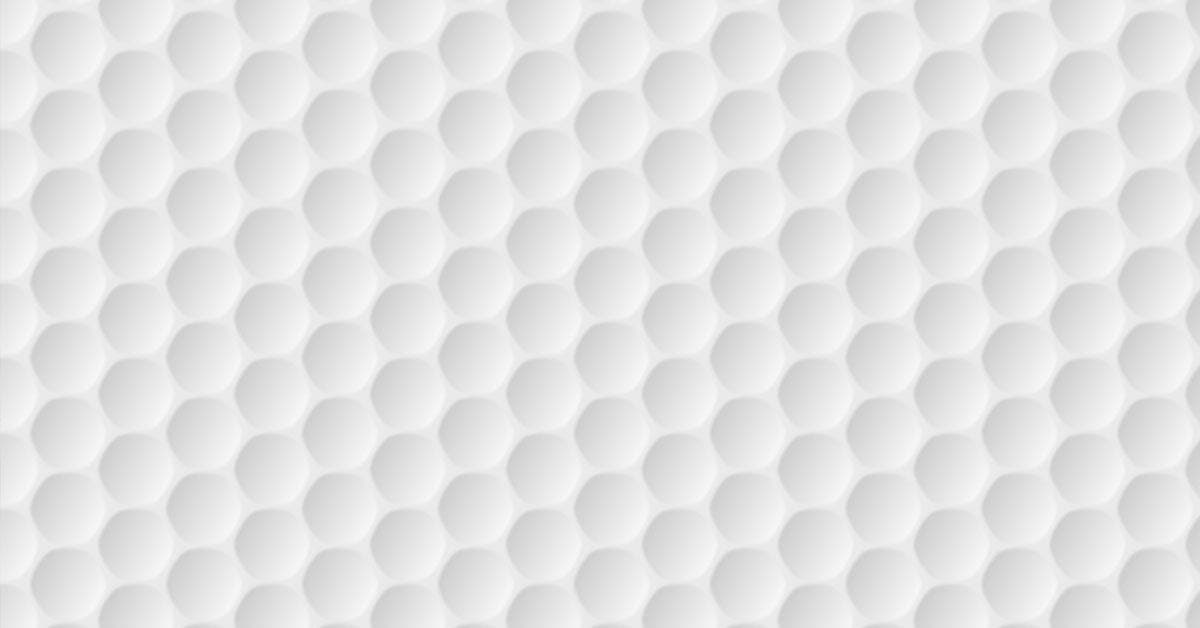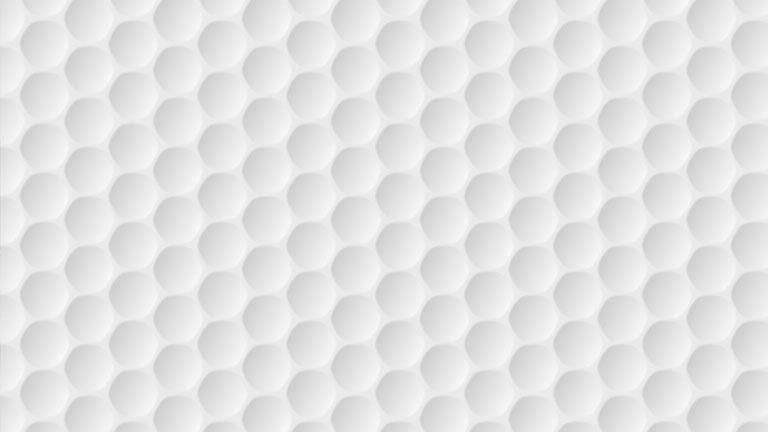Can We Normalize Cellulite Already?


How would you describe your relationship with cellulite—intense? Fraught? We feel you. Many of us are self-conscious about our areas of dimpled, puckered skin. We invest tons of money and time trying to smooth ourselves out. We twist before the mirror and wonder, “Why doesn’t my butt look airbrushed in real life?” Let’s talk about it. Here, experts share six useful facts for anyone who has cellulite, including what cellulite really is, why there’s no need to stress over cellulite, and why the supposed cures for cellulite might not be worth your while.
1. Cellulite is a condition, but only sorta
Cellulite has some ominous-sounding scientific names—gynoid lipodystrophy and edematous fibrosclerotic panniculopathy—and is technically classified as a skin condition. But let’s be clear: Cellulite does not pose risks to human health or safety, says Kelly Killeen, MD, a double-board certified plastic and reconstructive surgeon in Los Angeles. In this case, “condition” is more “a state of being” than “health problem that warrants treatment.”
From a structural standpoint, cellulite occurs when fat cells push through bands of connective tissue that hold skin to muscle. “The points where the bands of tissue attach to the skin cause the dimpling,” Dr. Killeen says. As a visual analogy, imagine pressing a tennis racket over a squishy foam ball: The foam would protrude through the netted strings, producing a dimpled/lumpy effect.
2. Much of humankind has cellulite
Estimates of prevalence are iffy given that cellulite is not a concern that drives scores of people to seek medical care, but some research suggests that up to 90% of women and 10% of men have cellulite. With an understanding that the gender binary doesn’t even reflect the full scope of humanity, we’ll just sum up the evidence by saying: Having a dimpled booty (...or abdomen...or thighs...or upper arms…) is a normal human experience. “It’s extremely common,” Dr. Killeen says.
3. Feeling weird about cellulite is understandable
Fine, maybe you know all this stuff and still struggle to embrace your skin’s contours. One 2019 investigation of possible treatments described cellulite as “one of the most intolerable esthetic imperfections.” Yikes! Rest assured, you’re not a bad feminist with broken self-esteem if having cellulite feels hard for you. Personal acceptance can be challenging when folks are out here using loaded language like “imperfections.” And never mind popular terminology like “cottage-cheese butt” and “orange-peel arms.” Maybe people should quit describing the human body like a sad motel breakfast? Just a thought.
4. No one knows for sure what causes cellulite
Hormones such as estrogen likely play a role in skin dimpling, since they broadly influence the structure and thickness of skin, says Hadley King, MD, a board-certified dermatologist and clinical instructor of dermatology at Weill Medical College of Cornell University in New York City. As with many physical traits—from eye color to height—genetics might also play a role. People prone to cellulite often notice more dimpling over time. “As we age, we lose collagen and elastin, so the skin becomes looser,” Dr. Killeen says. “Loose skin may make cellulite more visible.” C’est la vie.
Despite fringe theories on the Internet, there’s no good evidence to suggest that food chemicals, pollutants, or mystery toxins cause cellulite. “It doesn’t come from anything you ate or were exposed to,” Dr. Killeen says.
5. Cellulite has little to do with body weight
Lest you assume cellulite is some physical cue that you need to drop pounds, know this: “Thin people have cellulite, too,” Dr. King says. Theoretically, the only guarantee against cellulite would be to have 0% body fat—an unsurvivable scenario, Dr. King notes. In some people, losing weight seems to reduce the appearance of cellulite, while in others, weight loss can make cellulite more noticeable, according to a study published in the journal Plastic and Reconstructive Surgery. “Even if you hit your weight-loss goal, cellulite may not go away, and obsessing over it could derail your overall progress,” Dr. King says. The more advisable approach? Aligning your health goals with actual measures of health.
6. Treatments might not be worth the trouble
Remember that 2019 study we mentioned above—the one that explored cures for this non-condition condition? After exploring topical remedies, injectable agents, and energy-based devices, the researchers ultimately concluded that such treatments can “never eradicate cellulite because this [would involve] extensive tissue remodeling.” Here’s a quick survey of the available options, which may or not provide temporary results:
Medical cellulite treatments
In-office cosmetic procedures aim to break up the bands of connective tissue beneath the skin, essentially releasing the tension that causes skin to pucker. Many require multiple visits, and most come with high out-of-pocket costs.
- Cellfina (subcision): With this treatment, a doctor uses a small machine to slice the bands of connective tissue responsible for skin dimpling. The results of one treatment can last for a couple of years. “This is the most effective option, in my opinion,” Dr. Killeen says.
- Laser therapy: Here, a doctor inserts a small laser fiber beneath the skin to break up the bands of connective tissue and help thicken the outer layer of skin. In one small study, patients reported minor reductions in cellulite that lasted up to a year.
- Acoustic wave therapy: This topical treatment applies sound waves to help break up the bands of connective tissue, but any improvement may be minimal. “It isn’t too effective, and it takes many treatments,” Dr. Killeen says
- Carboxytherapy: Can carbon dioxide plump skin and break up connective tissue? That’s the thinking behind this multi-treatment procedure, but there’s scant evidence to back up its claims.
- Radiofrequency: Thermismooth and Venus Legacy are name-brand versions of this topical treatment, which involves heating the skin to supposedly shrink fat cells. According to the American Academy of Dermatology Association, radiofrequency may provide a small reduction in cellulite that lasts a few weeks.
DIY cellulite remedies
Here’s a closer look at three popular home remedies for cellulite:
- Massage: “There are some people whose cellulite worsens from fluid retention, making the condition appear worse,” Dr. Killeen says. “For these individuals, massage or foam rolling may help reduce the appearance of cellulite.”
- Exercise: Regular weight training may reduce the appearance of cellulite to some extent. “Strong muscles can make your skin look a bit firmer and smoother,” Dr. Killeen explains. Arguably more important, pumping iron can also help your bones, heart, blood sugar, and much more.
- Skin creams: Many “firming” lotions contain caffeine, which supposedly dehydrates fat cells to help minimize the appearance of cellulite. Others tout retinoids said to reverse skin thinning. While there’s probably no harm in slathering up, don’t expect any miracles from creams: “They’re not addressing the cellulite itself,” Dr. King says.
The upshot: Can you get rid of cellulite?
If you have cellulite, the short answer is, “Probably not—and definitely not forever.” The longer and more reassuring answer is that there’s no medical reason to worry about cellulite, that people of all body types have cellulite, and that a dimpled derriere definitely needn’t stop you from living your best and healthiest life.
--
Amy Schlinger is a National Academy of Sports Medicine–certified personal trainer. She has more than 11 years of experience writing about health, fitness, wellness, nutrition, and lifestyle topics.
Erin Quinlan is a features editor at WeightWatchers®.
--
This article was reviewed for accuracy in July 2021 by Stephanie L. Fitzpatrick, PhD, senior manager for multicultural programs at WW. The WW Science Team is a dedicated group of experts who ensure all our solutions are rooted in the best possible research.
Related articles
- How exercise today affects you tomorrow
- Can you turn fat into muscle?
- Everything you need to know about eating for satiety
